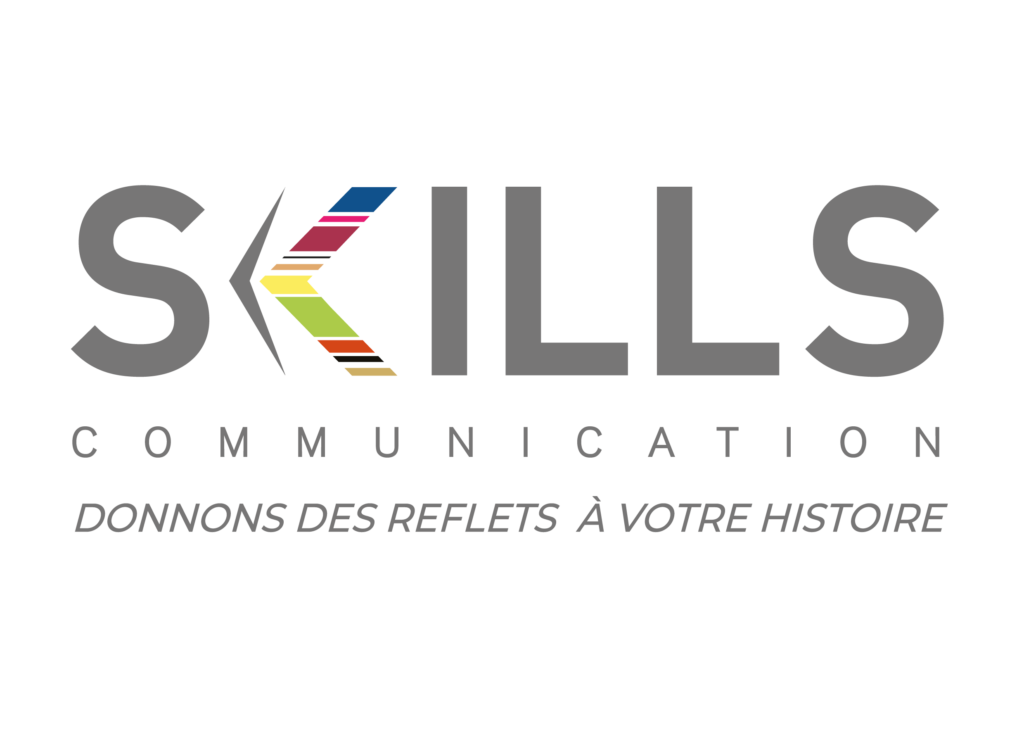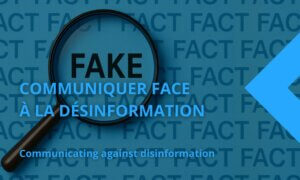Corporate communication is much more than just a promotional tool. It constitutes the foundation upon which the image and reputation of any organization seeking to establish a lasting presence in its environment rests.
Why we need to rethink how we communicate
Today, organizations can no longer simply sell their products or services without sharing their true identity. Stakeholders, both internal and external, now expect complete transparency regarding the company’s values, commitments, and mission. Customers are becoming increasingly attached to the soul of companies, the one that drives the products and services they offer. This shift in market expectations leads us to clearly distinguish between two complementary approaches: commercial communication and corporate communication.
In this article, we’ll explore how to use corporate communications effectively. It will also help you discover, in conclusion, the beliefs of SKILLS’s Directors of Communication, based on our long and varied experiences.
The essence of corporate communication
Institutional communication, also known as corporate communication, refers to the set of actions and messages an organization uses to promote its image, values, and reputation to all its audiences. Unlike marketing communication, which focuses on products, this approach places the organization itself at the center of the message.
This form of communication reaches diverse audiences who all need to build trust in the brand: employees, shareholders, customers, partners, public authorities, the media, and the general public. Each message conveys the organization’s core identity, its history, its ambitions, and its legitimacy in its industry.
A strategic image tool
When properly mastered, corporate communication helps organizations achieve major strategic objectives.
Strengthen reputation and credibility
We know that an organization’s reputation is built over the long term. It requires a coherent strategy that highlights key values and authentic commitments. This approach helps protect against potential “bad buzz” and build a strong brand experience through targeted communications and relevant brand content.
Present your vision and ambitions
We must provide a clear picture of our organization so that our customers, prospects, shareholders, and investors understand our DNA and our foundations. This transparency about our vision and mission builds trust and allows our stakeholders to better understand the direction our company is taking.
Create added value
In a competitive environment, we must stand out by creating distinctive brand value. The stronger and more effectively communicated this brand is, the less likely we are to be challenged by the competition. An effective corporate communications strategy thus attracts new customers who are sensitive to our values.
Developing pride of belonging
Let’s never forget that our employees are our organization’s primary ambassadors. A proud employee naturally becomes an excellent means of communication. We can create this cohesion through opportunities for discussion, team building activities, and internal communication that promotes our shared values.
The different modes of institutional communication
The most common approach to implementing an external corporate communications plan is to implement it. However, all of the methods listed below are important to understand and prepare for.
External communication
It encompasses all our interactions with audiences outside our organization. It leverages traditional channels such as press releases, conferences, and advertising campaigns, as well as digital media: corporate website, social media, and email marketing.
The tools often favored in external communication are the following:
- Events: conferences, open days, trade fairs
- Press relations: targeted press releases for journalists
- Digital presence: institutional website, professional social networks
- Advertising campaigns: TV spots, urban displays
Internal communication
It aims to strengthen the motivation and commitment of our employees around shared values and projects. It is mainly structured around three complementary axes:
- Downward communication: informative, it seeks the transmission of strategic decisions and essential corporate information
- Upward communication: less commonly used, it facilitates the sharing of ideas and feedback
- Horizontal communication: These are the exchanges within departments and teams that must be organized to ensure efficiency and a favorable working atmosphere.
The most common supports for complete internal corporate communication are:
- Internal newsletter: regular sharing of group and employee news
- Intranet: digital centralization of information and procedures
- Corporate videos: presentation of projects and successes
- Seminars: uniting teams around common objectives
Financial communication
This dimension primarily concerns organizations that are required to provide financial transparency to their shareholders. It clearly presents expenditures, revenues, budgetary policies, and performance indicators to demonstrate rigorous resource management and an advantageous competitive position.
Crisis communications
We must always be prepared to handle emergency situations that could impact our reputation. This specific communication aims to quickly inform, disseminate reliable information, coordinate teams, and plan for crisis recovery.
How to deploy an effective strategy
Effective corporate communication focuses first on the messages to be conveyed before examining their vectors and forms. Brand content, i.e., a content strategy consistent with your visual identity, will significantly strengthen your brand’s impact.
Also, your graphic charter, carrying your identity, must be found in all your communications to create a real brand universe generating positive identification and attachment.
once this first step has been completed, we recommend structuring your deployment strategy around four main axes:
- Advertising with media space purchases: depending on your target audience, you will favor press inserts, urban displays and/or radio and television spots
- Event activities: trade fairs, conferences, corporate seminars
- Own communication media: newsletter, professional magazine, website, social networks
- Corporate engagement actions: patronage, sponsorship, participation in charitable events
Consistency and regularity
A brand image must be based on the consistency of simple messages over time and the regularity of their dissemination accompanied by evolving evidence. Your history will be scrutinized, and any inconsistencies will be quickly highlighted. Your actions must also illustrate your commitments; your weaknesses must be humbly acknowledged, with your improvement plan if there is one. This approach will avoid gray areas.
This consistency between words and actions constitutes the foundation of your credibility.
But it’s also about finding the right rhythm to avoid boring your audience while maintaining a regular presence and avoiding the “bad buzz” that’s more common on social media. We refer you here to our article on disinformation.
We therefore recommend scheduled meetings that respect your commitments while maintaining the attention of your audiences.
You will then need to manage the challenges of social media and the profound changes in communication consumption practices. We must now rethink our distribution channels to reach younger audiences or those most removed from traditional media channels.
The central challenge today is to capture and engage all audiences by leveraging more interactive and inclusive strategies. To achieve this, we’ll help you answer the right questions: why communicate, to whom, and on what media?
Measure impact and optimize performance
Setting up a monitoring system to analyze your reputation in real time is highly recommended. It begins with deciding on the right indicators to monitor, the targets, vectors, and weak or strong signals to identify (social networks, internal rumors, or share price, for example).
This monitoring will allow you to adjust your communication strategy and react quickly to changes in perception of your brand.
Our convictions as DirCom
As we have seen, corporate communication is an image tool and a strategic lever that requires rigorous preparation and regular, professional implementation.
It is part of a long-term approach and requires perfect consistency between the messages disseminated and the actions actually carried out by the organization. This authenticity constitutes the foundation of the trust we seek to establish with our stakeholders.
From experience, we have too often observed among our clients a certain lack of preparation and consistency over time.
Our approach to establishing or strengthening your corporate communications strategy will first involve helping you identify your strengths, risks, contacts, and most obvious communication channels. With this understanding, performance indicators will become second nature, and all that’s left is to write your stories!






